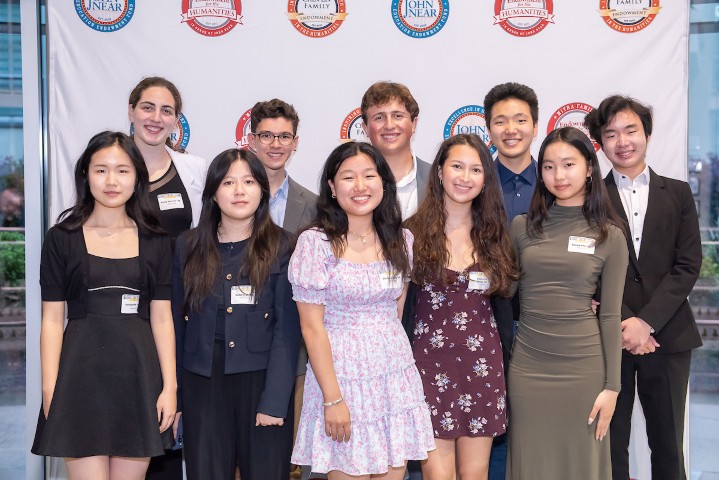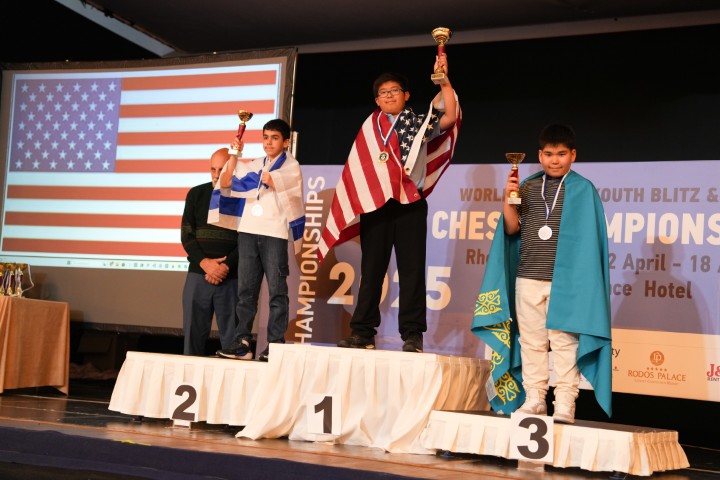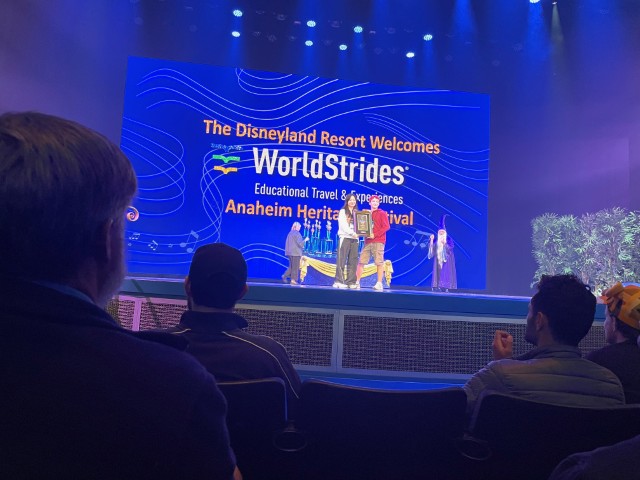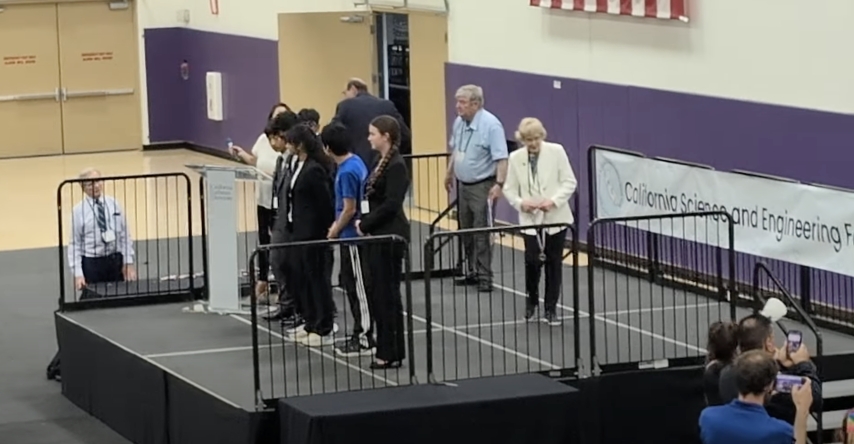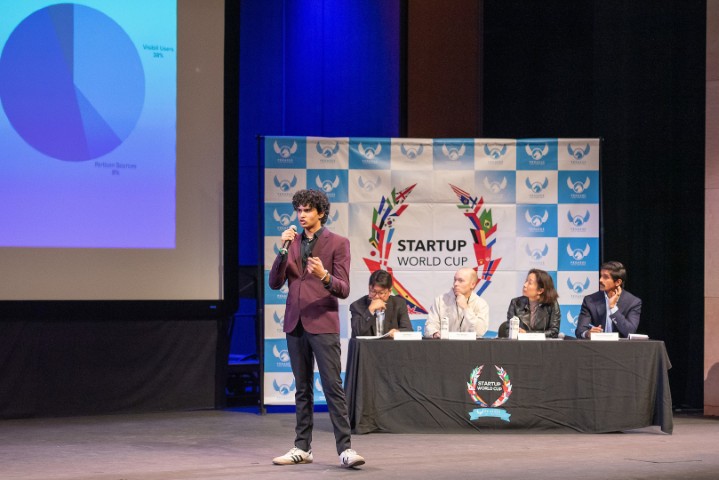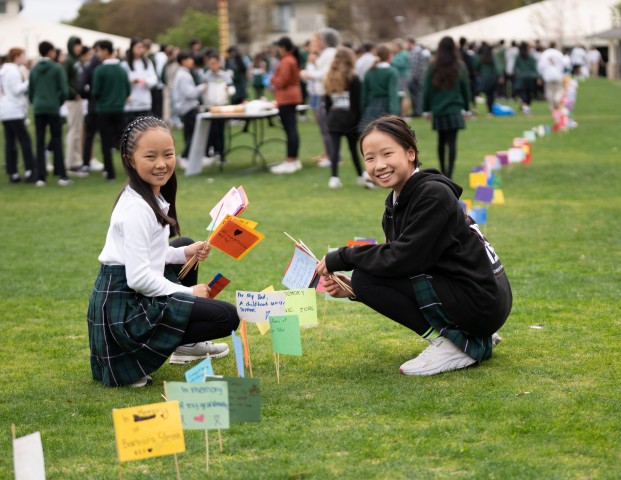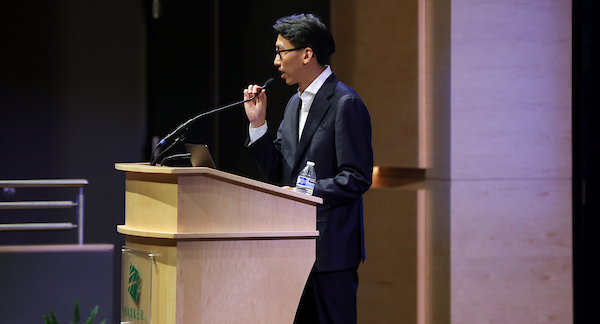Families and friends of this year’s Near-Mitra Scholars gathered at Nichols Auditorium for this year’s Annual Recognition Event.
eweekly
Sixth grader takes gold at international chess tournament
Sixth grader Ethan Guo won a gold metal in the Under 12 Blitz at the 2025 FIDE World Cadet & Youth Rapid & Blitz Championships chess tournament.
Harker singers take top honors at Anaheim Heritage Festival
Harker vocal groups Festival Chorus and Capriccio received honors in their respective divisions at the WorldStrides Heritage Festival.
23 students take top spots at California Science and Engineering Fair
Twenty-three middle and upper school students recently had high placings at the 2025 California Science and Engineering Fair, held in Thousand Oaks, Calif.
Harker hosts Startup World Cup National Youth Qualifier
Students from the school’s business and entrepreneurship programs came together to host the National Youth Qualifier of the world’s largest startup competition.
Junior takes first prize in Narrative High School Writing Contest
Helen Gu, grade 11, was recently named the first-place winner of Narrative Magazine’s 10th annual High School Writing Contest.
Nearly 70 students win awards at 2025 Synopsys Championship
Two juniors nominated for 2025 Rita Moreno Awards
Juniors Tom Campisi and Simon Kirjner have been nominated for Rita Moreno Awards.
Community raises funds for Camp Okizu at 2025 Cancer Walk
The annual Cancer Walk brought 500 Harker community members to the middle school field to benefit Camp Okizu.
19th Research Symposium investigates “AI Trends” with talks by tech luminaries, students and alums
More than 600 registrants flocked to the upper school campus on April 12 for the 19th annual Harker Research Symposium: “AI Trends: The Future is Now.”
